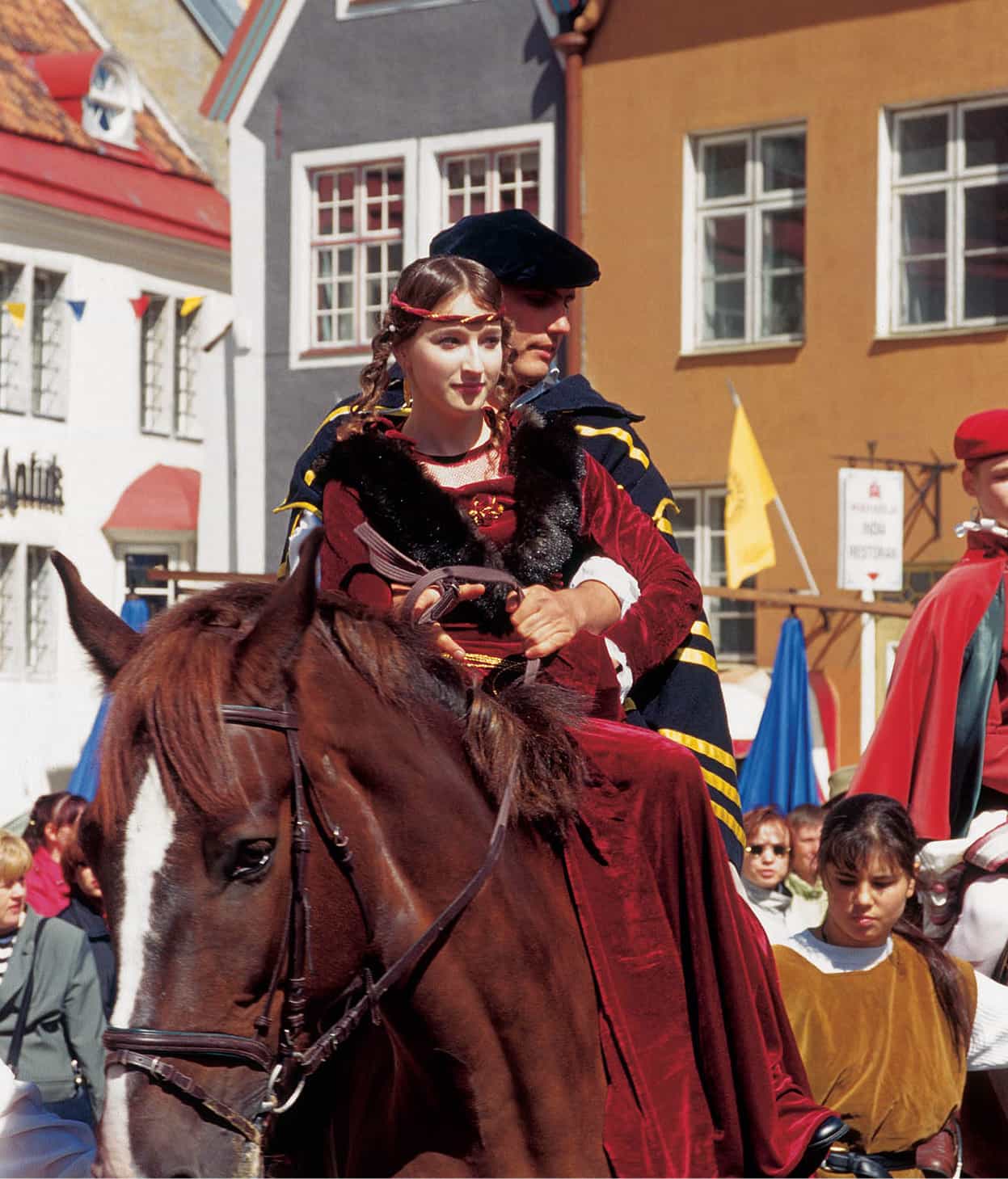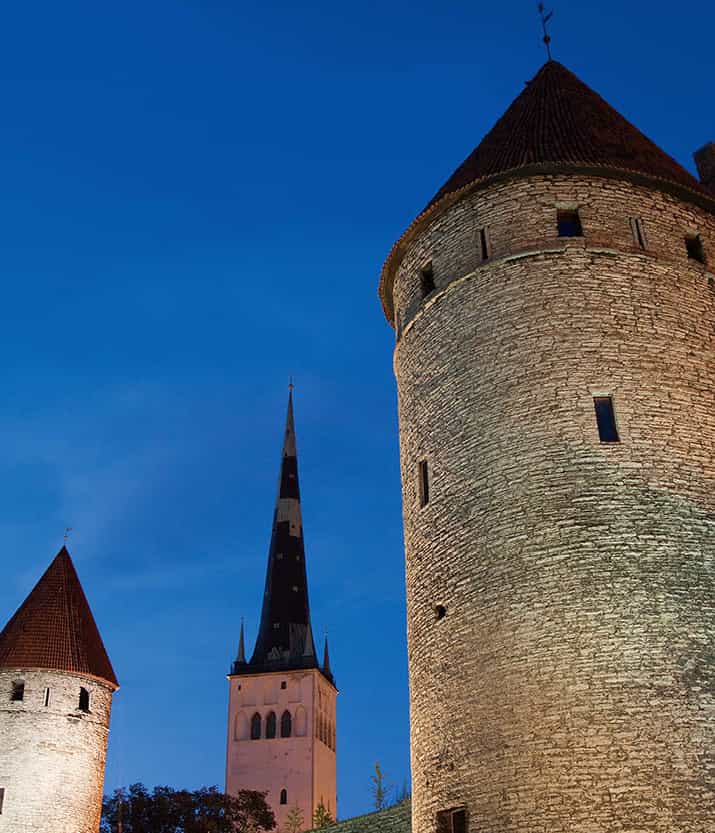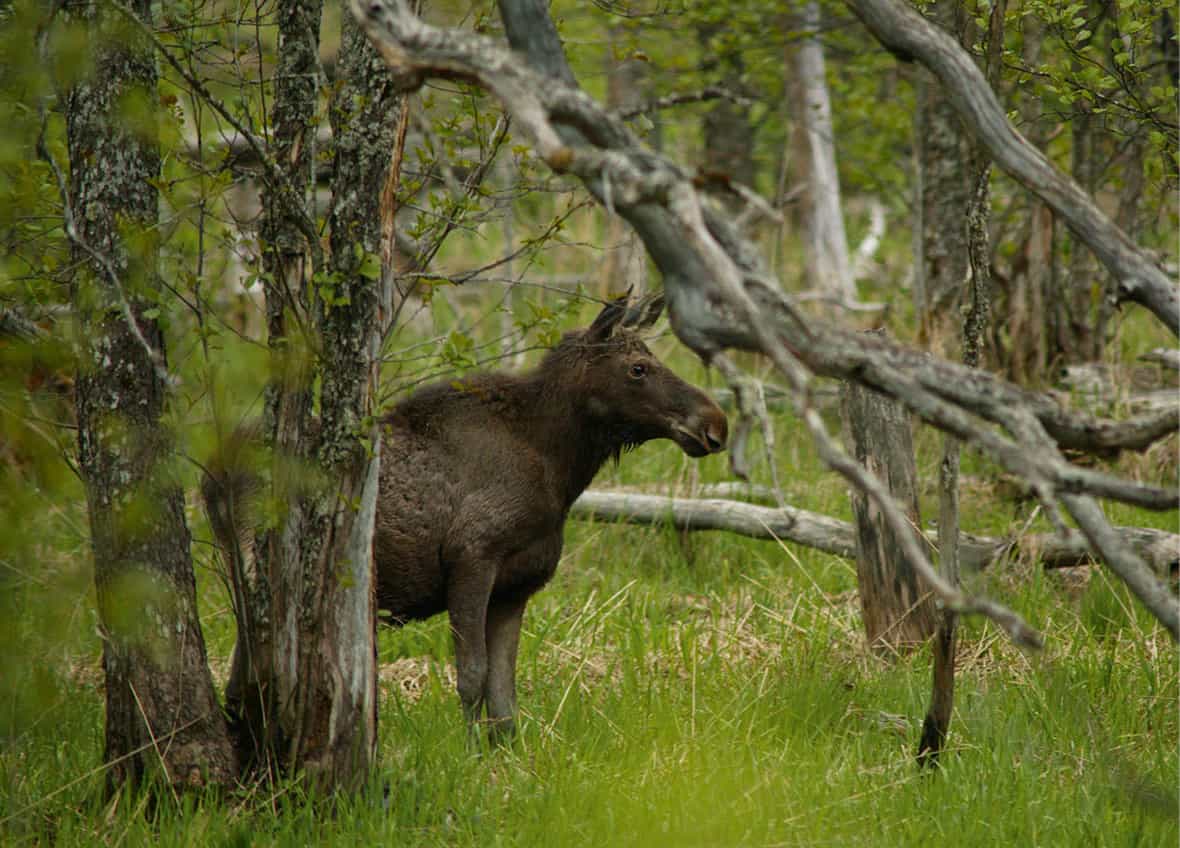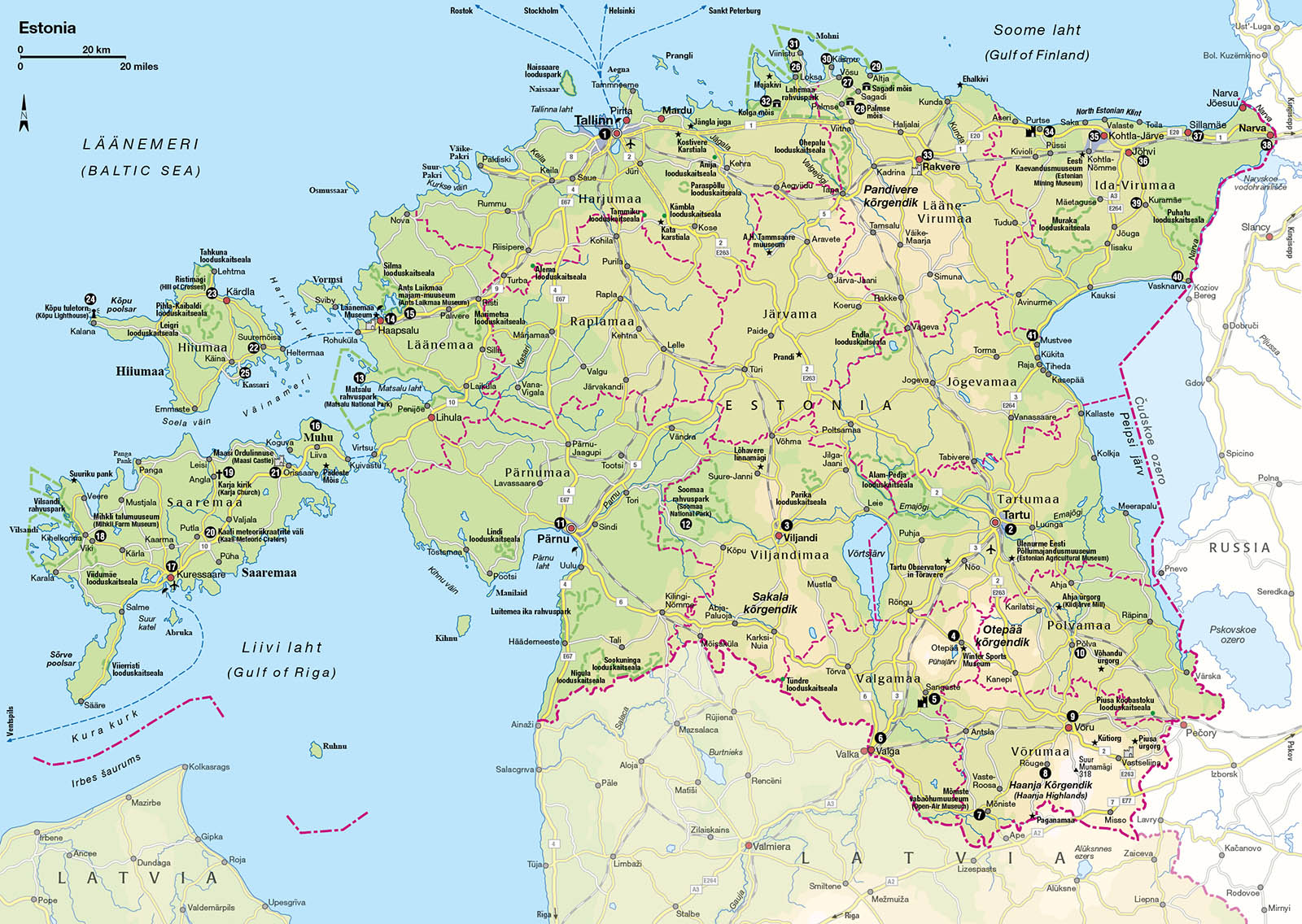The northernmost of the Baltic States is Eesti Vabariik, the Republic of Estonia. It is also the smallest, least densely populated of the three countries. On the south side of the Gulf of Finland, its capital, Tallinn, is 85km (53 miles) from Helsinki and about 130km (80 miles) from St Petersburg. Finns have long taken advantage of Estonia’s proximity and relative cheapness, making the ferry crossing in droves. Other European visitors have joined their ranks, particularly cruise-ship passengers and weekenders from the UK.

Old Town Days festival in Tallinn’s Town Hall Square.
TCCB/ Toomas Volmer
It is easy to see the attraction: Tallinn has the prettiest Old Town in the Baltics, a medieval enclave set on a hillock above its port. Within the fairytale walls and towers and beneath the Gothic spires are winding cobbled lanes leading to the old square. Beside this ensemble, a rapidly developing commercial district has redrawn the city’s skyline and given locals more places to spend their new-found wealth.

St Olav’s church, Tallinn.
APA Micah Sarut
Estonia has a second city in Tartu in the south, a distinguished university town that brims with student life. The historic, west-coast towns of Pärnu and Haapsalu are popular health resorts, and maintain a pace of life that’s decidedly more relaxed than in the capital. A very different scene can be found in the industrial northeast of the country, particularly in the city of Narva, which has a high ethnic Russian population and is struggling to find its place in the new European Union economy. Much of the Russian border is taken up by Lake Peipsi, the fourth-largest lake in Europe, where a settlement of Old Believers flourishes.

A female elk in the birch woods of central Estonia.
ESTD Jarek Joepera
Beyond the urban areas, nearly 40 percent of the country is forested with pine, spruce and junipers, and inhabited by elk, brown bears and beavers. The land is mostly flat and unpopulated, dotted with around 1,500 lakes. The largest islands are Hiiumaa and Saaremaa, rural backwaters where the earliest stone churches in the Baltics can be found.
